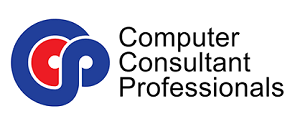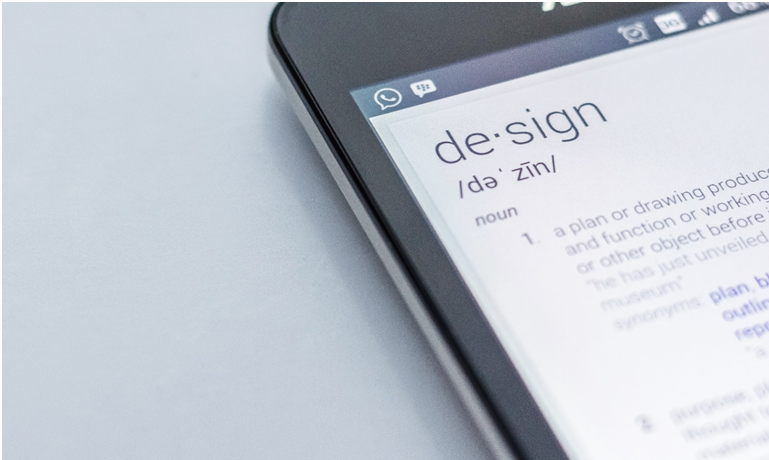Images are also used to make a page or a site more attractive and entertaining; it also adds to user experience. They give search engines important information and speed up page loading when optimized images are used. This helps increase the ranking of a page in image search results. An SEO expert can help you optimize your site’s images like the lead generating healthcare websites by Online Marketing for Doctors.
To allow your site to earn a high rank in search results, you should know the basics of image optimization, here are a few tips to guide you:
- Resize Images
There are two ways to resize images, one is the file size, and the other is image size. The file size is the space occupied by the image in a computer while; image size is the dimensions and resolution of the image. Images with large dimensions and high resolution can slow down your page load. You should reconsider scaling down the file size and image size to the most suitable option for your page.
- Pick The Right Image Format
Some of the most commonly used image formats are JPEG, GIF, PNG, and SVG. JPEG is mostly used for images with a lot of colors, GIF is an animated graphics file, PNG is used for simple images, and SVG is a two-dimensional image that can support interactivity and animation. Choosing the right format also includes using the right compression rate, compressing a photo too much can result in a poor quality image.
- Choose The Right File Name
When you choose the right file name for your images, make it as relevant and descriptive as possible. This helps your image rank higher in image search results. You can also add your target keywords and always separate the words with hyphens as a substitute for space; never use underscores, search engines won’t be able to read them. The image file name should make sense to both humans and search engines.
- Add Alt Tags
An alt tag is a text shown at the bottom of an image that describes what the photo is about and what’s in it. It is usually for visually impaired users and those that visit web pages with a text-only browser. When writing an alt tag, you can be as descriptive as you can about the image while using only ten to fifteen words. You can also include your keywords for better search results.
- Include A Caption
Including captions can add to a user’s experience when viewing your images, most of them feel compassionate, overwhelmed, amazed, or in awe just by reading the caption. Informative captions are also important. A few more tips in writing captions from expert medical marketing agency Sydney like Online Marketing for Doctors.
- Use The Right Images
Using stock photos is okay but doesn’t contribute well to high search result rankings. This is because some websites might also use the same image and might name it with the same description as yours. It’s better to upload unique and original photos to avoid confusion with other websites, and you can write a unique and better description of it.
- Use A Site Map
A site map is a file with all of your website’s content and looks like a map with all the list of pages. Using a site map is important for SEO because it lists everything on your page so that search engine crawlers or bots notice every content written and added on your page.

Final Word
A site’s image and its characteristics add up to the ranking of a page in search results. They add up not just for the design of a page, but also it’s ranking in search results.

